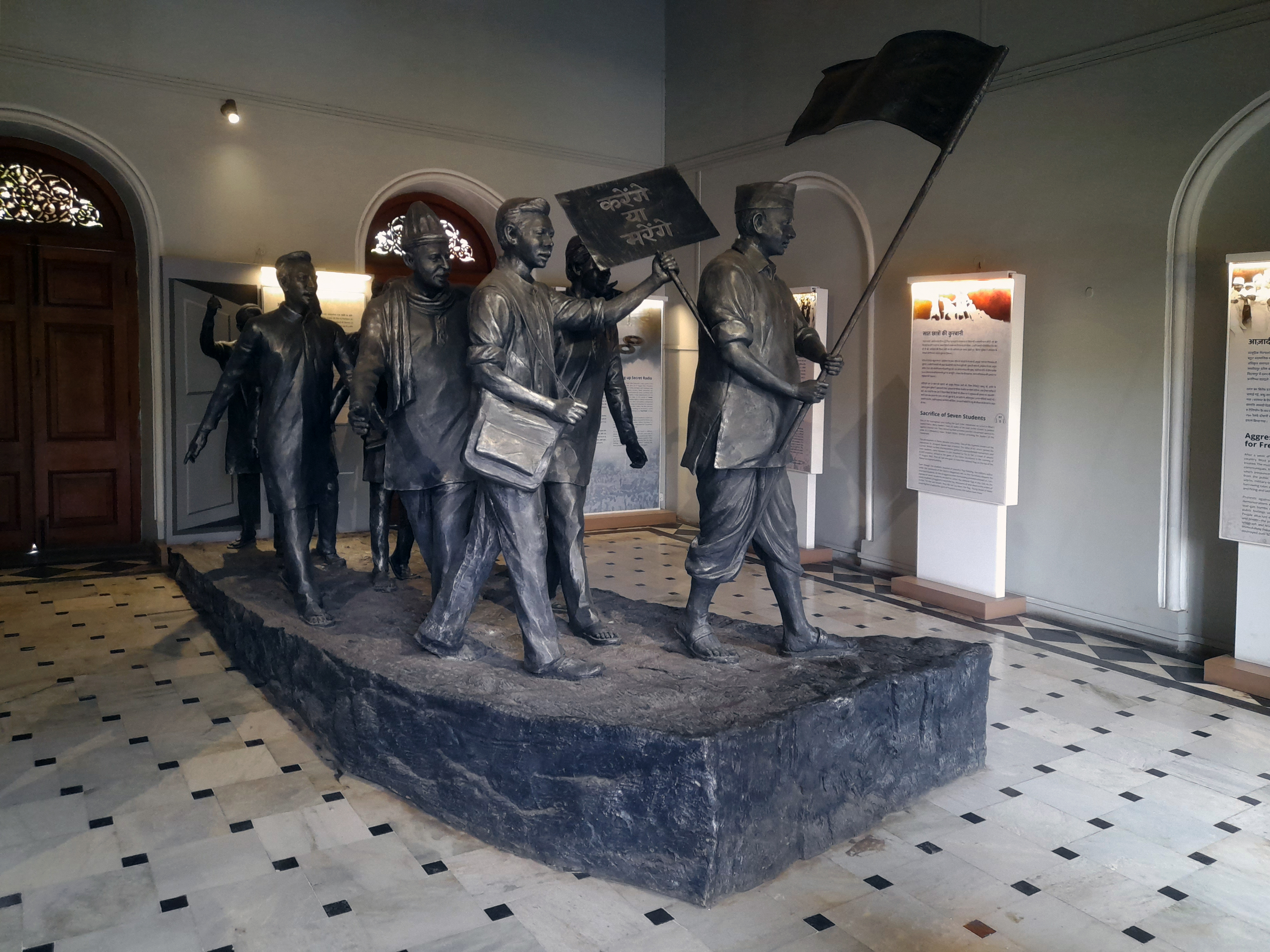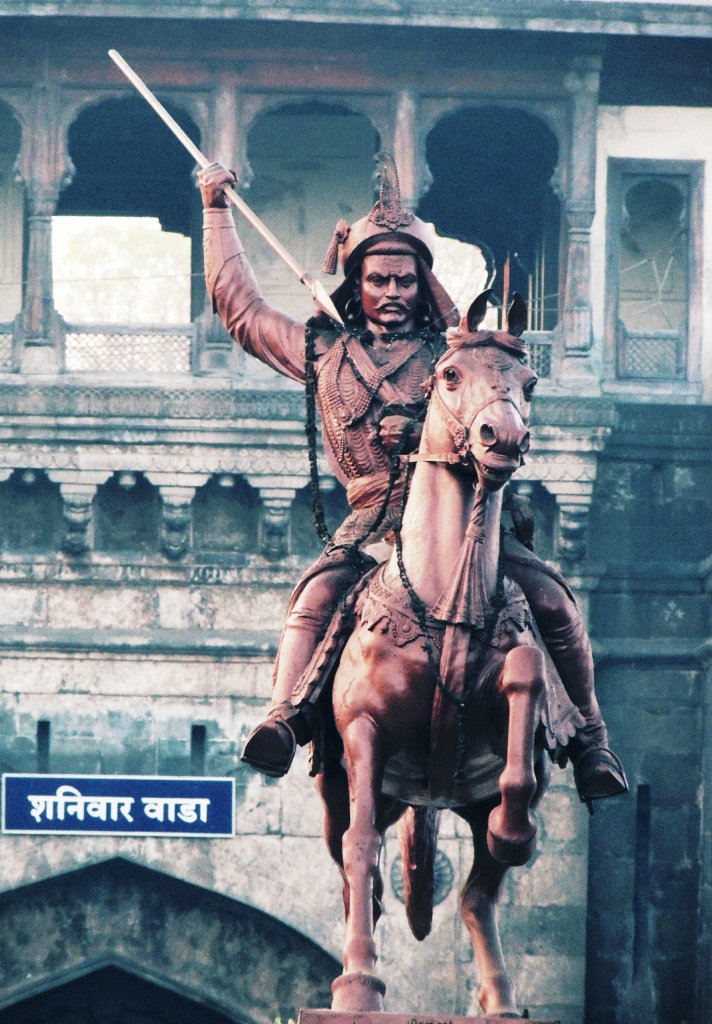The Aga Khan Palace stands as a profound testament to India's struggle for independence, embodying both architectural grandeur and historical significance. Built in 1892 by Sultan Muhammad Shah Aga Khan III, the palace was originally conceived as a philanthropic endeavor to provide employment during a regional famine, involving approximately one hundred thousand workers over five years of construction.
During the critical Quit India Movement, the palace transformed from an architectural marvel into a pivotal site of political resistance. Mahatma Gandhi, along with his wife Kasturba Gandhi and secretary Mahadev Desai, were interned here from August 9, 1942, to May 6, 1944. This period became deeply poignant with the deaths of Kasturba Gandhi and Mahadev Desai within the palace grounds, their samadhis now serving as powerful memorials to their sacrifices.
The palace's architectural design reflects a magnificent blend of Indo-Saracenic style, characterized by grand halls, long balconies, and elegant arches supported by delicate columns. Situated on a sprawling 19-acre campus with meticulously maintained lawns, flower beds, and fountains, the complex offers visitors a serene yet historically charged environment that resonates with India's freedom narrative.
In 1969, a significant moment of reconciliation occurred when the 4th Aga Khan donated the palace to the Indian people, honoring Gandhi's vision of transformation and emancipation. This gesture symbolized a bridge between historical struggle and future hope. By 1972, the palace had been converted into a museum-cum-picture gallery, permanently commemorating the freedom movement's most crucial moments.
The museum, managed by the Gandhi National Memorial Society, spans six galleries and houses an extensive collection of statues and artifacts related to Gandhi and the independence movement. Visitors can explore comprehensive exhibits that provide deep insights into the personal and political journeys of Gandhi and his contemporaries, making the palace more than just a historical site—it's a living narrative of resistance and hope.
Beyond its political significance, the Aga Khan Palace represents a complex intersection of personal tragedy and national aspiration. The deaths of Kasturba Gandhi and Mahadev Desai within its walls added layers of personal grief to the broader story of India's struggle, transforming the palace into a space of profound emotional and historical resonance.
The Archaeological Survey of India has declared the Aga Khan Palace a monument of national importance, ensuring its preservation and continued significance. Today, it stands not just as a museum but as a powerful symbol of India's journey towards independence, attracting visitors from across the nation and the world who seek to understand the depth of the country's freedom struggle.
The palace continues to serve as a bridge between past and present, inviting contemporary visitors to reflect on the sacrifices made during India's independence movement. Its preservation represents a collective commitment to remembering and honoring the complex, often painful journey that shaped the nation's destiny.






